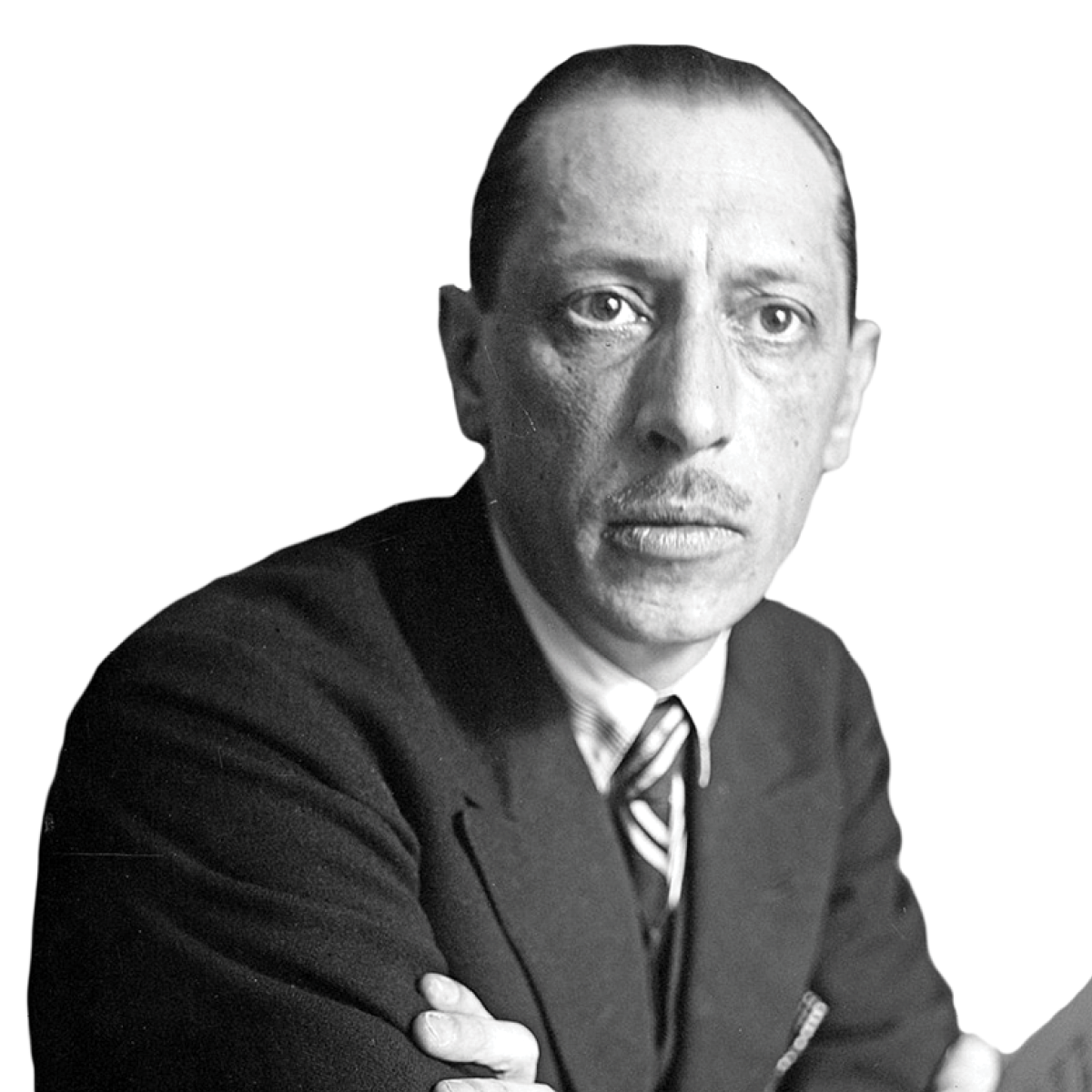
|
Concerto No. 1 in D Minor for Piano, Opus 15 |
Composed: 1858 Estimated length: |
|
Born on May 7, 1833, in Hamburg, Germany; Died on April 3, 1897, in Vienna, Austria |
|
|
First performance: January 22, 1859, with Brahms as the soloist and Joseph Joachim conducting (following a rehearsal performance on March 30, 1858). |
|
|
First Nashville Symphony performance: November 28, 1960, with Willis Page conducting at War Memorial Auditorium and soloist Claudio Arrau |
|
On October 1, 1853, a 20-year-old piano prodigy and budding composer appeared at the Schumann household in Düsseldorf with a letter of introduction. Robert Schumann saluted the newcomer, Johannes Brahms, in almost messianic terms, as the voice of the new generation: “a true apostle who will inscribe revelations that many Pharisees … will not decipher for centuries to come.”
It would take Brahms another half-decade to complete his first great orchestral work—the Piano Concerto No. 1. Brahms’s discovery of Beethoven’s Ninth Symphony—encountered in a live performance in 1854—spurred on his desire to situate himself within the classical pantheon. Starting with an earlier musical conception for a grand sonata for two pianos in D minor (the key of Beethoven’s Ninth), the Concerto evolved through much struggle.
Brahms’s interactions with the Schumanns during the period of its composition partially informed the Concerto’s emotional intensity. His relationship with Robert Schumann suddenly took a tragic turn when the latter attempted suicide by plunging into the Rhine River one bleak February afternoon in 1854. Schumann was rescued but spent his final two years descending deeper into the nightmare of insanity. Clara, then pregnant, was forbidden visitation rights and leaned increasingly on Brahms for moral support.
The grimly nocturnal pathos of much of the Piano Concerto suggests a dark time of mourning for the loss of Brahms’s friend. In fact, he later recycled some of his earlier sketches for the two-piano sonata as the number “For All Flesh Is as Grass” in A German Requiem. Aesthetic goals and a private emotional life—about which the composer was highly guarded—converge to give this score its indelible sense of urgency.
WHAT TO LISTEN FOR
Thundering timpani, fierce cataracts of double trills, and a grinding harmonic tension underscore the sense of a titanic, almost primal soundscape at the outset. For all his self-consciousness about tradition, Brahms presents his ideas with unwavering confidence. After this orchestral exposition, the solo pianist enters with a gently melancholic new theme. Brahms juxtaposes the cataclysm of the opening material with gently reflective lyricism—the extremes that define this gargantuan movement—and thus intensifies the concerto’s inherent drama of tragedy and consolation.
Rather than be relegated to a merely accompanying role, the orchestra is closely integrated with the solo protagonist: Brahms conceives their rapport on a symphonic scale, adding a new perspective to pianistic virtuosity. The soloist’s personality is so thoroughly characterized here that a formal cadenza seems unnecessary—Brahms holds off on inserting cadenzas until the second and
third movements.
The Adagio counteracts the immense force and sweep of the first movement with a meditative pose in the contrasting major key. Brahms wrote to Clara that he was “painting a tender portrait” of her in this music. A series of exchanges between orchestra and soloist leads to a slow cadenza, in which the all-important trills from the first movement reappear—now tamed and ecstatic.
The finale takes off with a brusquely syncopated momentum that echoes the thrilling minor-mode rondo finales of piano concertos by Mozart and Beethoven alike. Yet this is no simple homage: Brahms vindicates his prophetic mentor Schumann’s claim that he would blaze “new paths.” The scholars Sarah Fritz and A. Kori Hill have suggested that the finale of Clara Schumann’s Piano Concerto in A minor, composed when two decades before, may have inspired Brahms in this movement. Toward the end comes a generous offering of two cadenzas that steer the movement from minor to major. The bravura close affirms, with fiery assurance, that young Brahms has now found a way of his own.
In addition to solo piano, scored for pairs of flutes, oboes, clarinets, and bassoons; 4 horns; 2 trumpets; timpani; and strings
− Thomas May is the Nashville Symphony's program annotator.